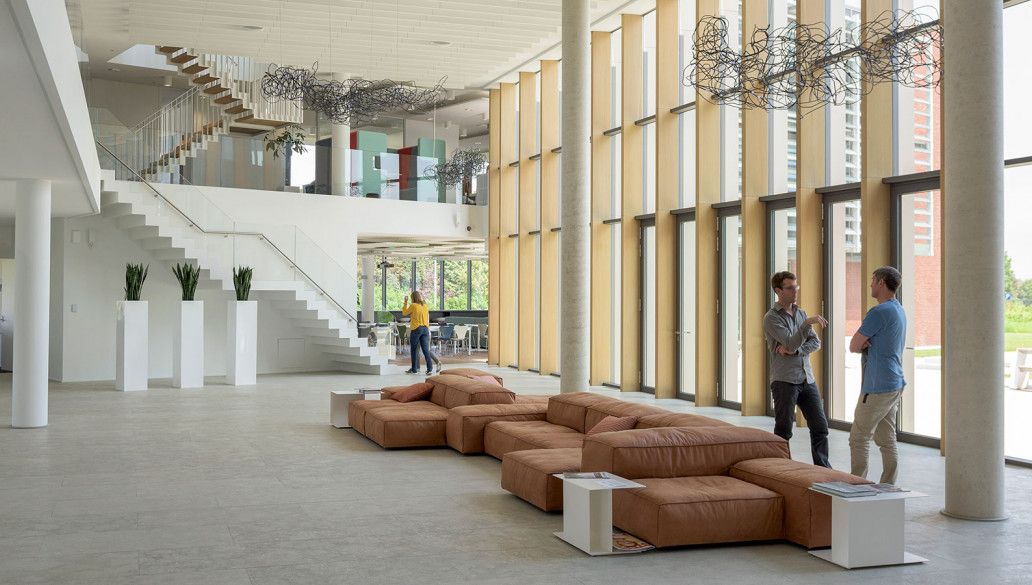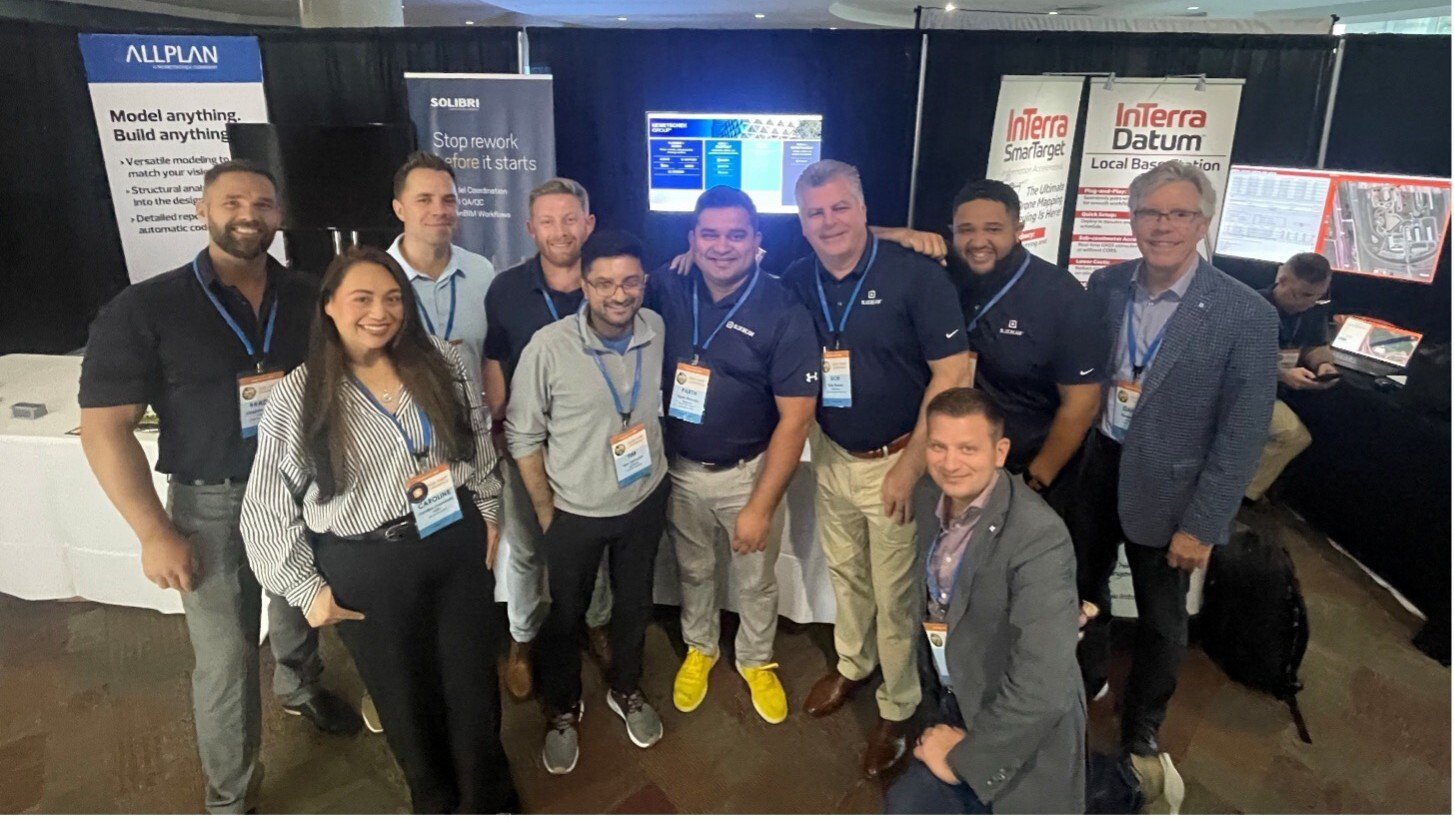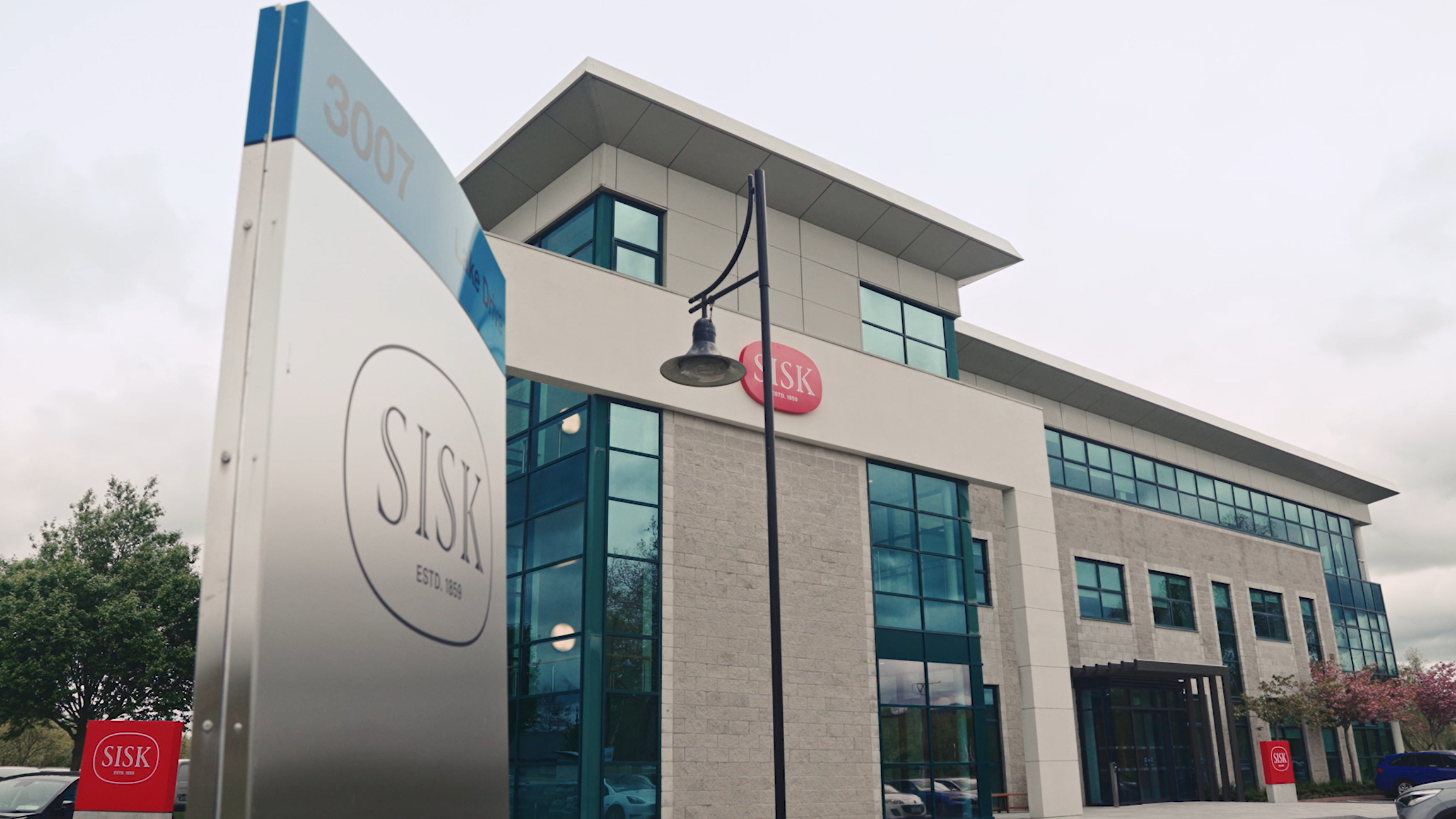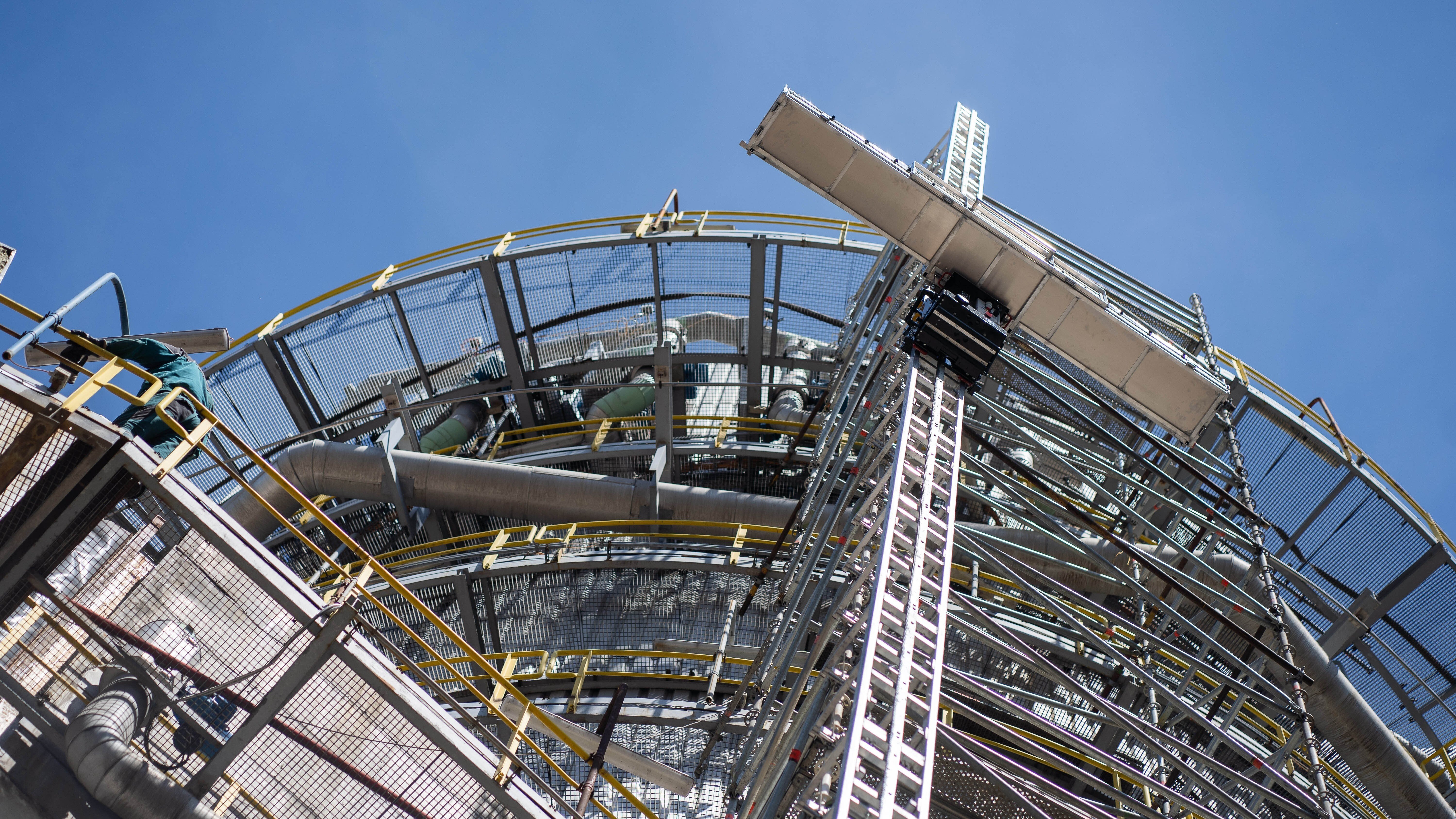Safe Workplaces for Returning Office Workers
As people start returning to their offices after the massive work-from-home experiment, uncertainties are high.
Author
Ulrike Beringer
Director Corporate Communication & CSR @ Nemetschek Group
This article belongs to the collection Smart Building
To the topic pagefiller content text filler content textfiller content textfiller content textfiller content textfiller content textfiller content textfiller content textfiller content text
filler content text filler content textfiller content textfiller content textfiller content textfiller content textfiller content textfiller content textfiller content text
filler content text filler content textfiller content textfiller content textfiller content textfiller content textfiller content textfiller content textfiller content text
filler content text filler content textfiller content textfiller content textfiller content textfiller content textfiller content textfiller content textfiller content text
filler content text filler content textfiller content textfiller content textfiller content textfiller content textfiller content textfiller content textfiller content text
filler content text filler content textfiller content textfiller content textfiller content textfiller content textfiller content textfiller content textfiller content text
filler content text filler content textfiller content textfiller content textfiller content textfiller content textfiller content textfiller content textfiller content text
filler content text filler content textfiller content textfiller content textfiller content textfiller content textfiller content textfiller content textfiller content text
filler content text filler content textfiller content textfiller content textfiller content textfiller content textfiller content textfiller content textfiller content text
filler content text filler content textfiller content textfiller content textfiller content textfiller content textfiller content textfiller content textfiller content text
filler content text filler content textfiller content textfiller content textfiller content textfiller content textfiller content textfiller content textfiller content text
filler content text filler content textfiller content textfiller content textfiller content textfiller content textfiller content textfiller content textfiller content text
filler content text filler content textfiller content textfiller content textfiller content textfiller content textfiller content textfiller content textfiller content text
filler content text filler content textfiller content textfiller content textfiller content textfiller content textfiller content textfiller content textfiller content text
filler content text filler content textfiller content textfiller content textfiller content textfiller content textfiller content textfiller content textfiller content text
filler content text filler content textfiller content textfiller content textfiller content textfiller content textfiller content textfiller content textfiller content text
filler content text filler content textfiller content textfiller content textfiller content textfiller content textfiller content textfiller content textfiller content text
How flexible planning and smart tools can make the new 1,5m world-of-working safe and pleasant
In many countries, people are slowly returning to their office workplaces. Companies are experimenting with different percentages of staff going back to their office desks, trying to figure out the best and safest modalities. Will colleagues continue working as they did before? Will they still want to share offices or has the special situation changed how we can work together? How much office space will be needed in the future?
“Currently, no one can predict exactly what the impact of this unprecedented situation will be on the workplace”
In the short term, workplaces will most certainly be taking on three core challenges when workers return to the office: implementing new standards for sanitation and workspace utilization, ensuring worker comfort and productivity during a stressful time, and managing social distancing. “Integrated Workplace Management Systems can ensure a safer and more efficient workspace during this time”, explains Koen Matthijs. “Using enhanced technologies can also send a powerful signal to employees that their wellbeing is a priority, while at the same time creating opportunities for future improvement”.
In the long term, the remarkable shift towards remote work also presents opportunities for the workplace. Even if companies are likely to transition all or most of their employees back to the office environment, greater flexibility for remote work is nevertheless likely to become a trend. To benefit from this trend, workplace managers need to thoroughly understand how their spaces are being used. Integrated Workplace Management Systems can gather that data and build the basis for decisions about whether or not to shift to an agile work environment, how much floor space or what kinds of physical improvements might be required to enhance employee wellbeing and how to streamline cleaning procedures in the light of changing standards. The disruptions of the current situation will change behaviors and standards, and both better data and better tools can enable workplace managers to adapt quickly and effectively to the new demands of a modern workplace.
“This is a learning process for all of us, not least for the technology”, says Koen Matthijs. “Stored in Building Information Modeling Systems (BIM), this large amount of data (or intelligence) can be reused for future office projects. That means that architects and engineers can draw on those experiences and improve their building designs to better meet future needs and requirements”. For offices, that are up to future challenges.





